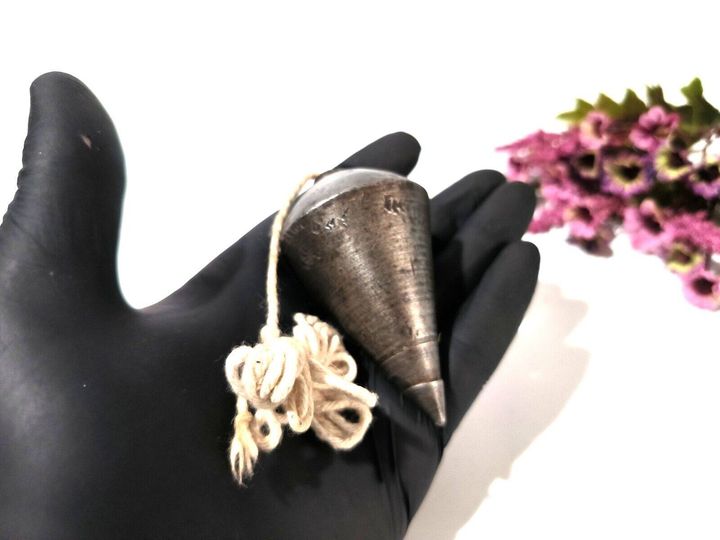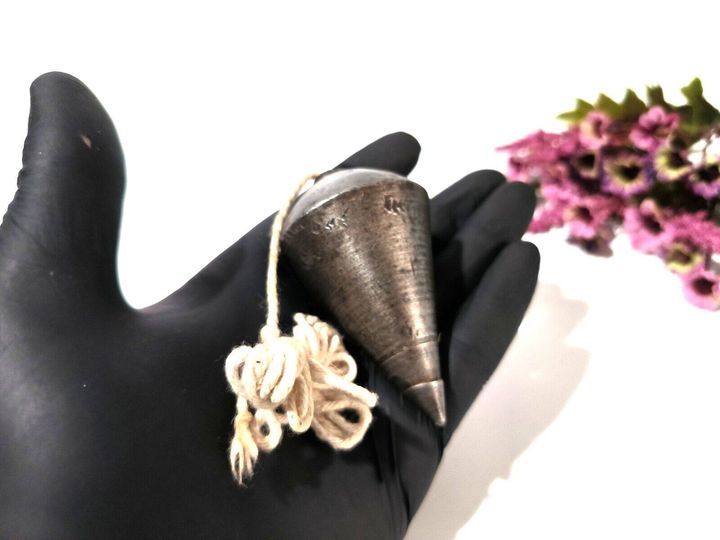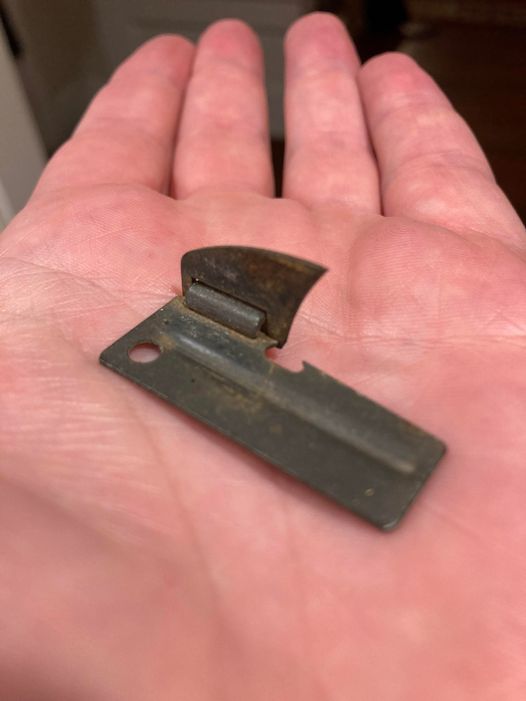Let’s dive into the fascinating world of construction and surveying through the lens of a seemingly humble yet groundbreaking tool—the cast iron plumb bob with string, also known as the vertical level antique plumb bob. Picture this: It’s a few centuries ago, and you’re tasked with constructing a grand pyramid or perhaps a towering cathedral. What’s your go-to gadget? No fancy lasers or digital gizmos, just this unassuming yet utterly crucial device!

Historical Background
Our journey begins in ancient Egypt and Mesopotamia. Imagine those early builders and surveyors, chiseling away with stone and bronze versions of the plumb bob. Precision was their middle name, and they had to ensure their towering projects didn’t end up looking like a toddler’s block tower. As the centuries rolled on, the 19th century saw the introduction of cast iron, bringing newfound durability and precision. Goodbye, bronze age, hello cast iron era!
Design and Usage
Now, what makes this tool tick? A traditional plumb bob is straightforward yet brilliant: a weight (typically cast iron) attached to a string or cord. When you let it hang, gravity does its job, pulling the string taut and creating a perfectly vertical line, known as the plumb line. Think of it as nature’s way of helping builders get their vertical points spot on. Whether you’re putting up walls, columns, or any other structural elements, this tool ensures you’re standing straight and tall—no leaning towers here, thank you very much!
Legacy and Modern Relevance
Fast forward to today, and you might think that this relic has been relegated to the dusty corners of history. Think again! The vintage cast iron plumb bob is more than just a tool; it’s a symbol of human ingenuity and craftsmanship. While we now have laser levels and digital inclinometers (fancy, right?), the plumb bob still holds a revered place in the construction world. Collectors and enthusiasts seek out these antique treasures, not just for their historical value but also for the sheer art and craftsmanship involved in their creation.
Besides being a cool collector’s item, the plumb bob serves as a tangible connection to the past. It reminds us of the foundational techniques that have shaped modern construction practices. It’s like owning a piece of history that continues to influence today’s high-tech tools and techniques.
So, the next time you pass by a perfectly erect skyscraper or an immaculately vertical column, give a little nod to the unsung hero—the vintage cast iron plumb bob. This timeless quest for accuracy and reliability in building and surveying continues to shape our world, one plumb line at a time.
Ownership and Craftsmanship
Collectors often socialize and bond over their prized plumb bobs, treating them like pieces of fine art, and rightfully so. Each scratch, each contour tells a story of manual labor and meticulous precision. Hold one of these weighty beauties in your hand and feel the legacy of craftsmanship that has transcended time and continues to etch its mark on the modern era.
The vintage cast iron plumb bob with string is not just a tool; it’s a testament, a relic of our perpetual strive for perfection in construction and engineering. Its legacy remains alive and kicking, influencing the latest innovations and technological advancements in the industry. So next time you embark on a DIY project, maybe channel a bit of that antique magic—adjusting your tooling with a nod to the grand masters of yore. Who knows, you might just feel like an ancient architect, sculpting the blueprint of a glorious future.
In conclusion, the vintage cast iron plumb bob with string is a relic that has repeatedly proven its mettle in construction history. It’s not only a symbol of age-old ingenuity and precision but also a bridge connecting us to the roots of modern construction methods. For today’s builders, collectors, and enthusiasts, this tool is much more than just cast iron and string; it’s a timeless piece of history that continues to inspire and revolutionize creative methods. Now, isn’t that something to marvel at?





